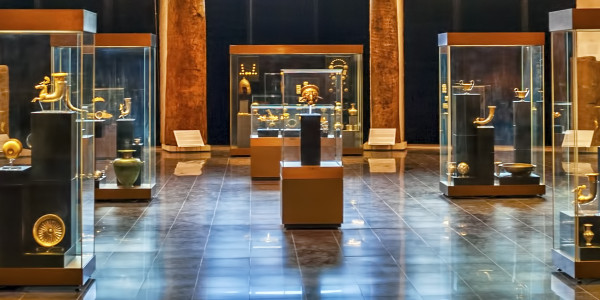Mineral waters of Kyustendil
There are 40 springs in Kyustendil with a temperature of 73 degrees. The water is clear, colourless, and with a pleasant taste. It allows various forms of balneotherapy and spa procedures applied mainly through baths. The healing water, the climate and nature, the various historical and cultural landmarks create an optimal environment for fulfilling relaxation, recovery or treatment and make Kyustendil a leading Bulgarian resort.

